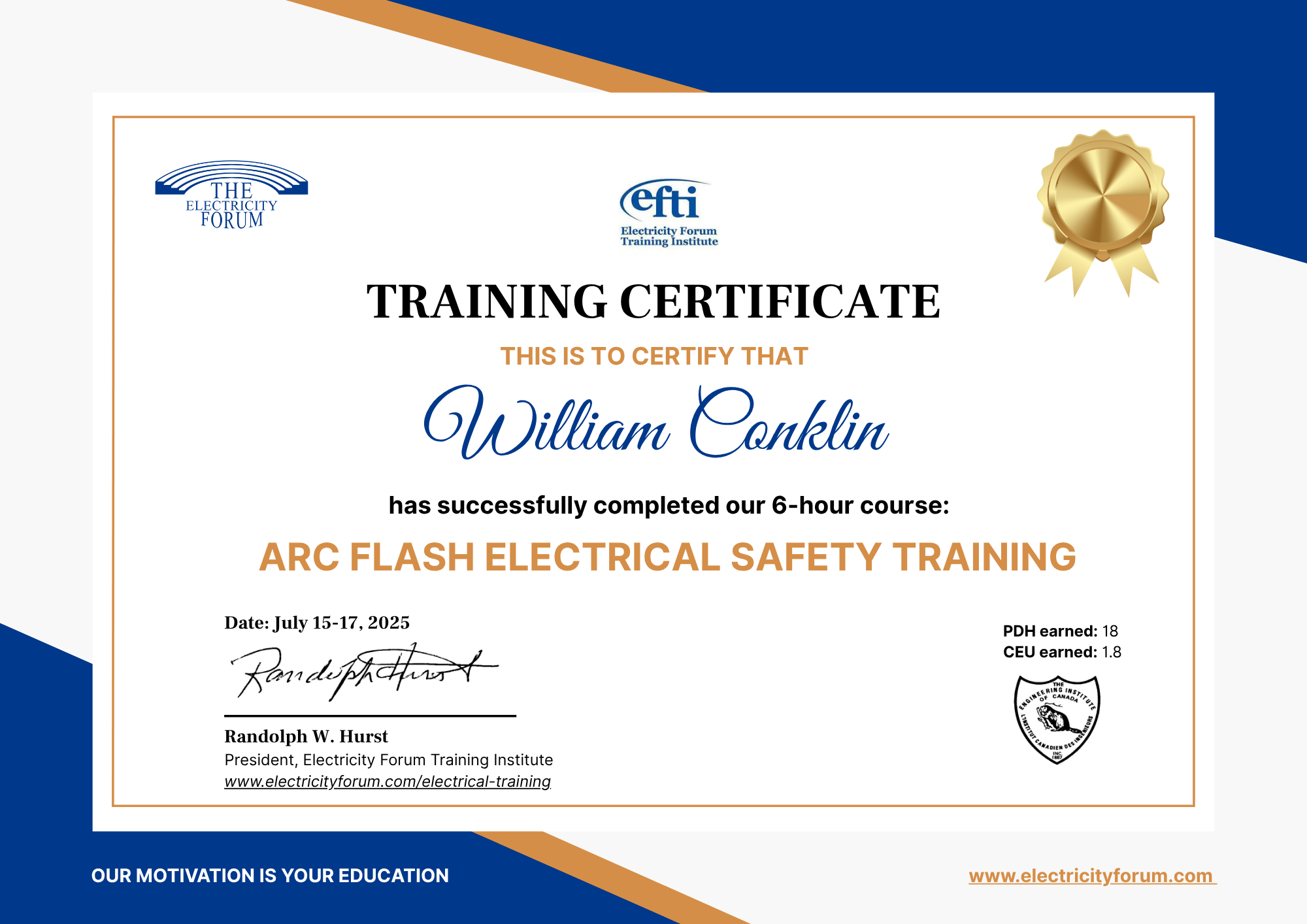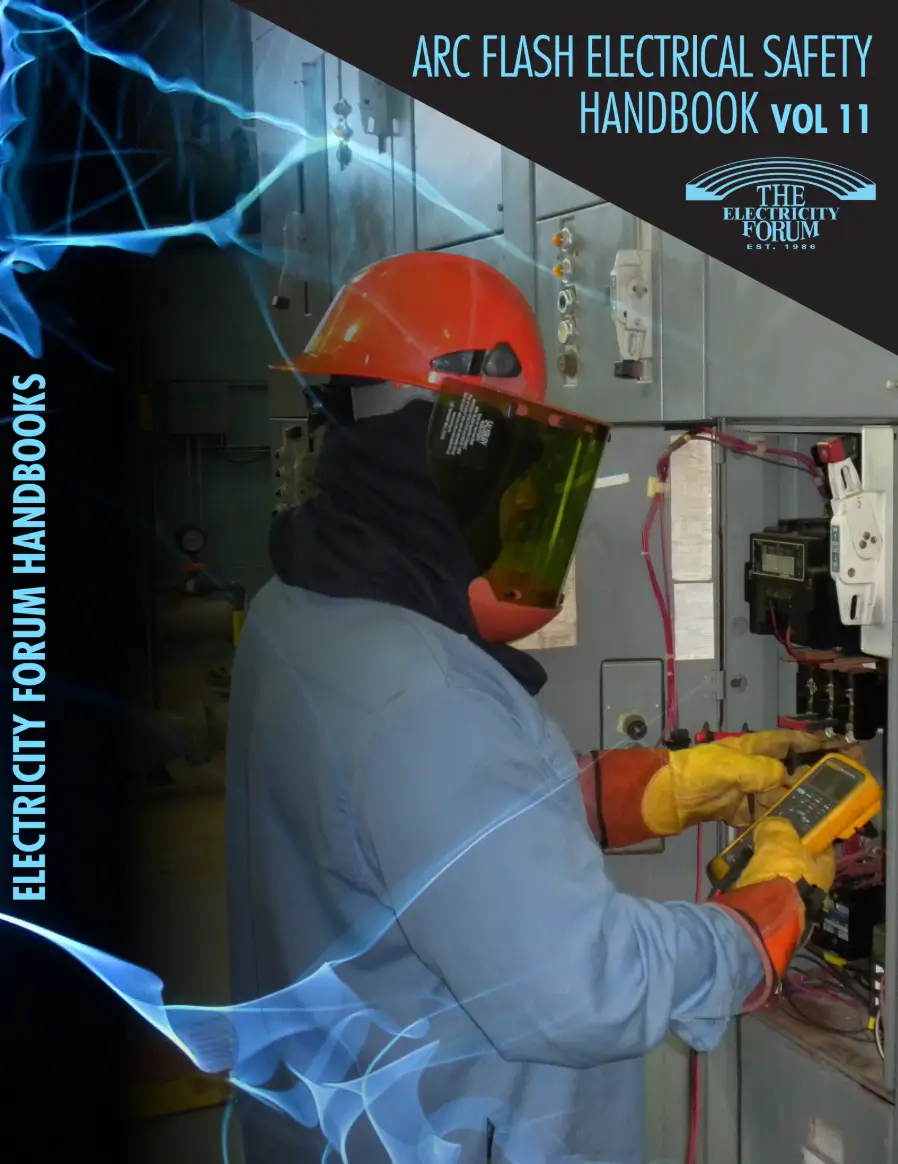Across Canada, building owners are adding solar panels to their roofs in order to save electricity and to reduce their utility bills. They are choosing to use their own solar energy first, and many buildings meet 20-50 per cent of their annual power needs from their rooftop system. Since prices for solar power in Canada have fallen dramatically over the past 5 years, solar power systems are now affordable.
These Canadian Solar Energy Programs make it easier for Canadians to integrate solar power systems into their buildings. Solar power systems last for decades, so building owners will continue to save money on their power bills for years to come.
The 2018 Canadian Electrical Code presents major changes for Photovoltaic (PV) Systems. Many Canadian provinces have already adopted the new code changes. The biggest change in the removal of Section 50 (solar PV section) and the addition of PV to section 64 (Renewable).
Some of the highlighted new or changed rules are:
Solar photovoltaic systems
Rules 64-200 to 64-222 apply to solar photovoltaic systems and include requirements for:
- providing marking, at the disconnecting means, specifying
- the rated operating current and voltage
- the maximum photovoltaic source circuit voltage
- the rated short-circuit current
- the location of the rapid shutdown (at the supply authority meter location or at the consumer’s service equipment location)
- determining the maximum rated open-circuit voltage and voltage ratings of cables, disconnects, overcurrent protection and other equipment
- limiting voltage drop
- determining ampere rating
- use of photovoltaic module application class A, B, or C
- wiring methods
- conductor marking and colour coding
- determining requirement and rating of overcurrent protection
- providing arc-fault circuit protection
- provision and location of a rapid system shutdown (including labelling as noted above)
- use and rating of attachment plugs and similar devices
- methods of bonding to ground non-current carrying metal parts of photovoltaic modules
Markings and Warnings - Labelling your PV system properly is a good habit to get into. The new code has added some label requirements such as system specs on disconnects and rapid shut down devices. Also, any warning label now has to be red with white letters.
Ground Fault Protection - This mainly affects off-grid installations as all the grid-tie inverters already come equipped with ground fault detection. It is now a requirement for all grounded systems to have ground fault protection.
Combiner Box Disconnects - Combiner boxes now require a single disconnect to shut down the array under load. The difficulty is that the rule calls for the disconnects to be interlocking with the door. The interlocking requirement is currently not possible for small grid-tie or off-grid installations.
Rapid Shut Down - This is the most controversial new rule. The concept is to have a switch that can shut off the PV array power at the array, so there are no live DC conductors running through the house to the inverter. This is intended to help protect fire fighters when they cut holes in the roof to vent/cool the house or building. The issues are that most fire fighters no longer vent from the roof, fire fighters are not informed on how PV rapid shut down works, fire fighters would have to blindly put faith in the functionality of the switch and the rule applies to all PV systems whether or not fire fighter service that area or not. All of these lead to adding points of failure to a PV system and increasing the probability of a fire starting in the first place.
PV Cable Colours - Traditionally PV cables have all been black in colour. The new code now requires that the positive conductor be coloured red and the negative black.
Rodent Guards - Where a system requires arc fault that is not module level, you now need to install a rodent guard to prevent rodents from chewing on the wires behind the array. This could be a screen protecting the array wires from squirrels and rats, or mechanical protection on all exposed wiring.

















